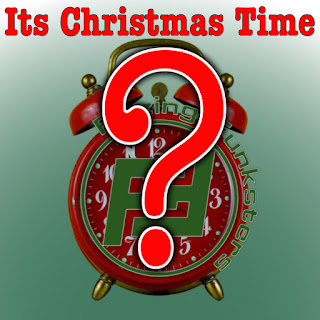In March 2011 the Fizzing Funksters purchased this small groove box based on the look, a few youtube clips and somewhat because of one of our members' Italian heritage.
11 days after payment was made i received a parcel that was smaller than we expected.
When we unpacked it we noticed real craftsmanship, the enclosure was made of nicely finished wood.
It is tiny. similar in size to the WD mybook external Hard drive.
At first I couldn't find the power switch, that was because there isn't one, you simply plug it in the wall(actually I needed to find a travel adapter, Australia's voltage is compatible to Europe's 230v) and she's off, blinking lights and all.
I tried to tame this beast by reading the manual but I just wanted to experiment switching switches and turning knobs until i liked what was emanating.
This reminds me of another synth in operation , (definitely not size) the non traditionally laid out Yamaha CS30.
You play with it randomly until you get a sound you like.
After a meeting at Fizzing Funksters Headquarters we decided to sell the Leploop because of its unpredictability and difficulty and because of this we began recording many hours of jams, so we would have recordings for latter sampling after it had been sold.
These recordings turned into the Cassa Jazz ep.
The Leploop synthesizer/groovebox contains
- 2 Voltage controlled Oscillators (VCO)
- Kick Drum Generator called Cassa - with Resonance, Distortion and Accent Controls
- White Noise Generator
- 24 dB/Octave Low Pass Filter (VCF)
- 2 Voltage Controlled Amplifiers (VCA)
- 2 Attack Release Envelope Generators
- 1 LFO
- 16 step anaolg Sequencer
- 4 track digital sequencer
- 4 channel Mixer
The sequencer generates its melodies and bass line by recording the sample and hold generator which samples the lfo or noise(all analog - basically storing voltages, nothing to do with digital sampling )
Even though it has midi, this is only to trigger each part with a midi note triggering a clock pulse that activates that part. You can't play specific melodic notes with a sequencer or midi keyboard, this means that to have a baseline or melody playing you need to program the onboard sequencer.
I still haven't worked out the sequencer.
Technical Stuff
We recorded many hours of freestyle/random jams through both MOTU microbook or RME UC audio interfaces, we recorded 2 channels/tracks as the Leploop has a mix output and a separate Cassa(Bass Drum) output.
I edited the jams into loops using protools.
We then loaded all these loops into Ableton Live and we started choosing loops that we liked and that seemed to work well together.
We assembled/arranged these loops into a song in Ableton and when we were happy we would record the separate tracks as stems so we could mix the song in ProTools.
The claps you hear in Cassa Jazz were heavily processed Leploop clicks, all other loops were straight from the Leploop mixed with reverb, eq and compression applied in ProTools.
We still own our Leploop.
Cassa Jazz by the Fizzing Funksters
All Source Sounds, loops and sequences - Leploop
Conductor - Peppe Fizz
Musicians - Fizzing Funksters




